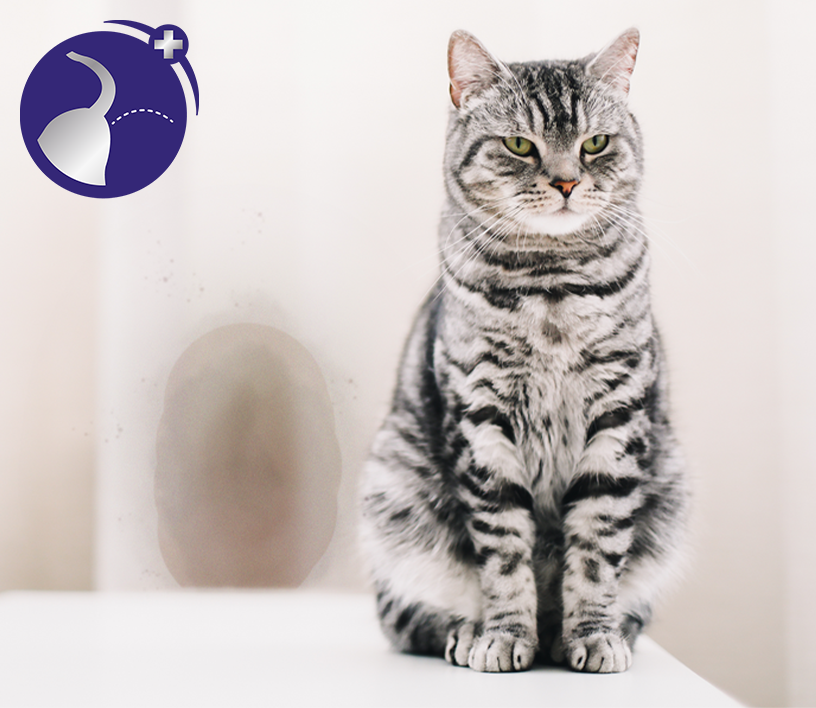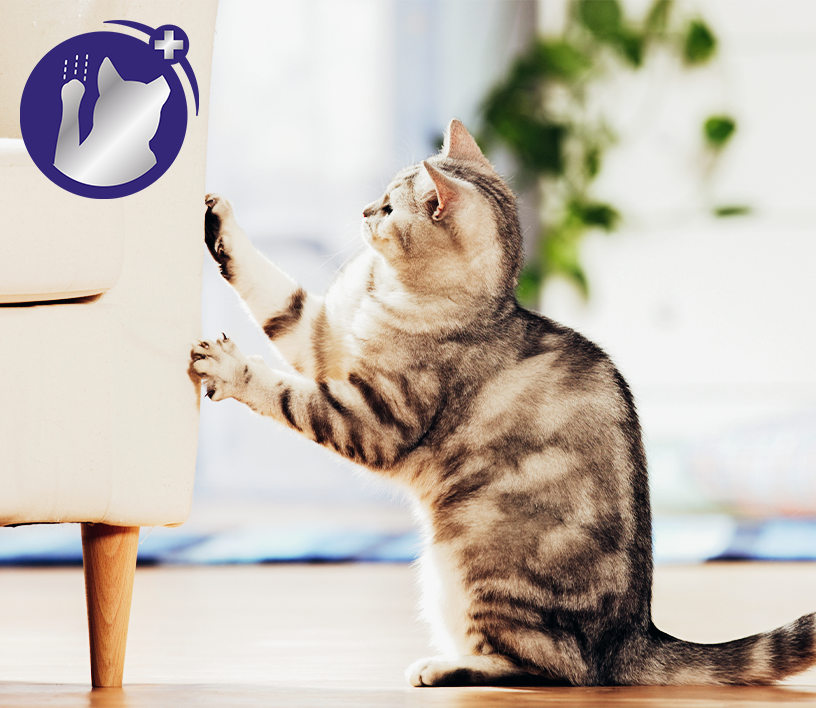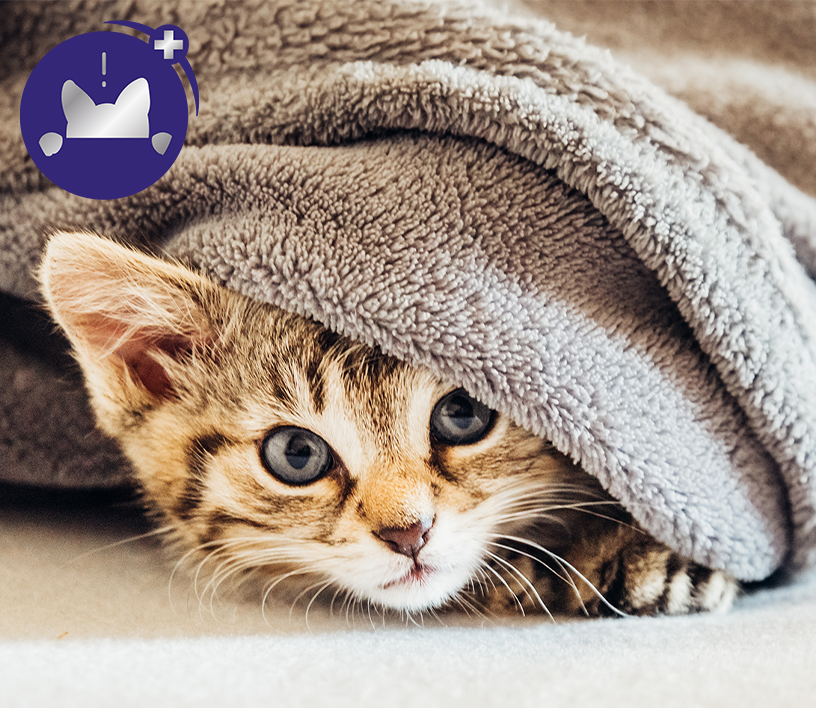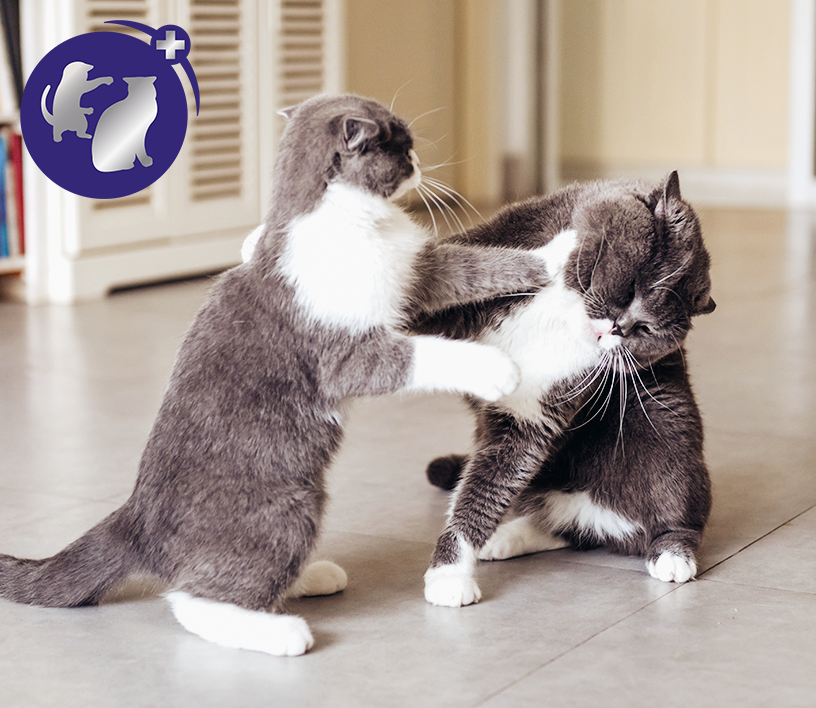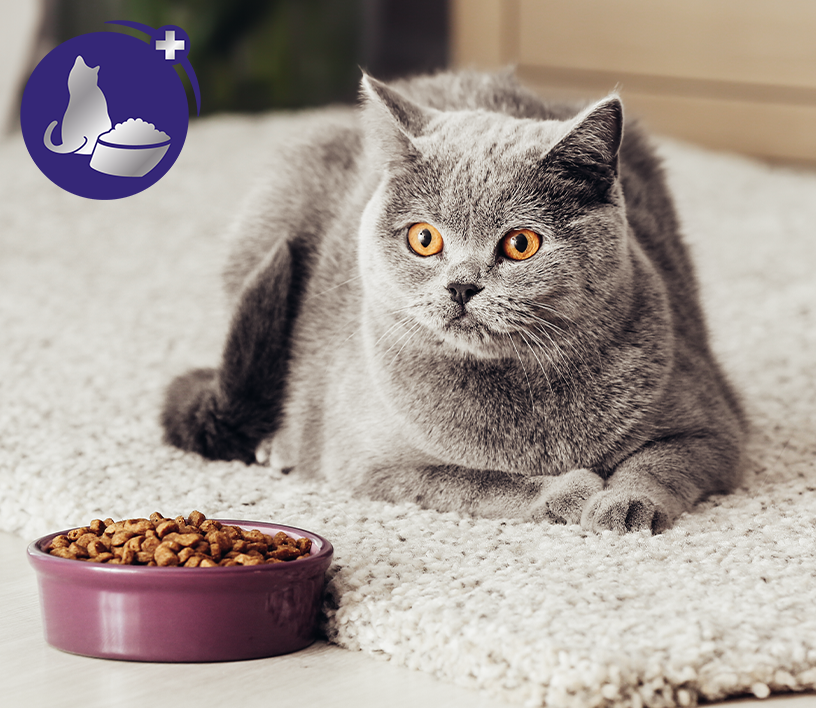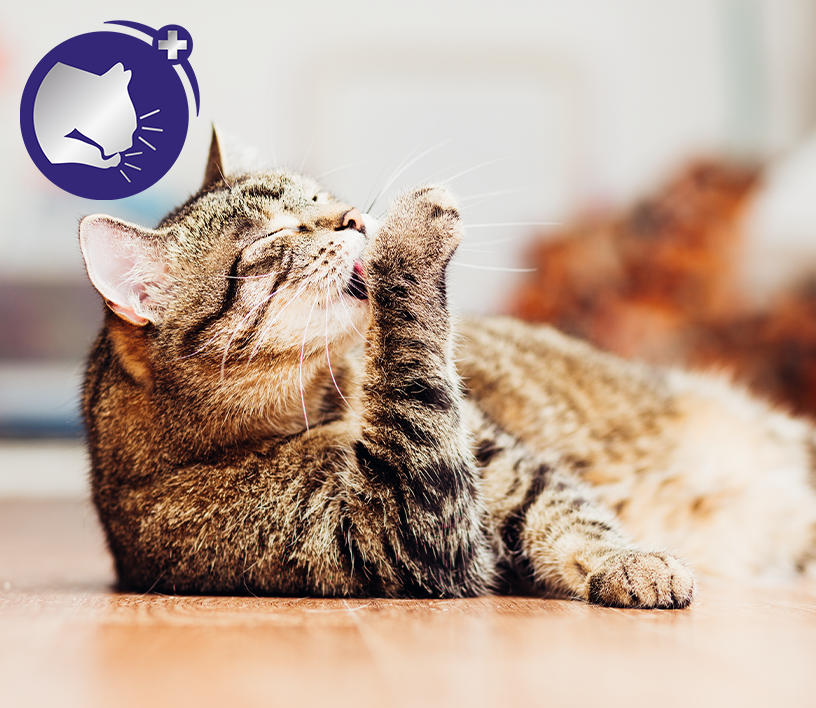
25 Facts About the Bombay Cat!
Is that a sleek and mysterious panther? No, it’s a Bombay cat! Elegant yet strong, most Bombay cats are sociable, active and curious – and are much-loved feline friends!
There’s so much to know about these gorgeous creatures. Let’s take a look at some fun facts about the Bombay cat!
The history of the Bombay cat
1. The cat breeder, Nikki Horner of Louisville, Kentucky, first created this beautiful breed. She wanted a new breed of house cat that looked like a miniature black panther.
2. The first Bombay kitten was born in 1965.
3. The combination of sable Burmese and black American Shorthair cats produced a short-haired cat (mostly Burmese type) that has a sleek, panther-like black coat.
4. The name ‘Bombay’ was chosen due to the black panthers that can be found around the port of Bombay (Mumbai) in India.
5. In the UK, Burmese were crossed with black domestic shorthairs to create this beautiful breed.
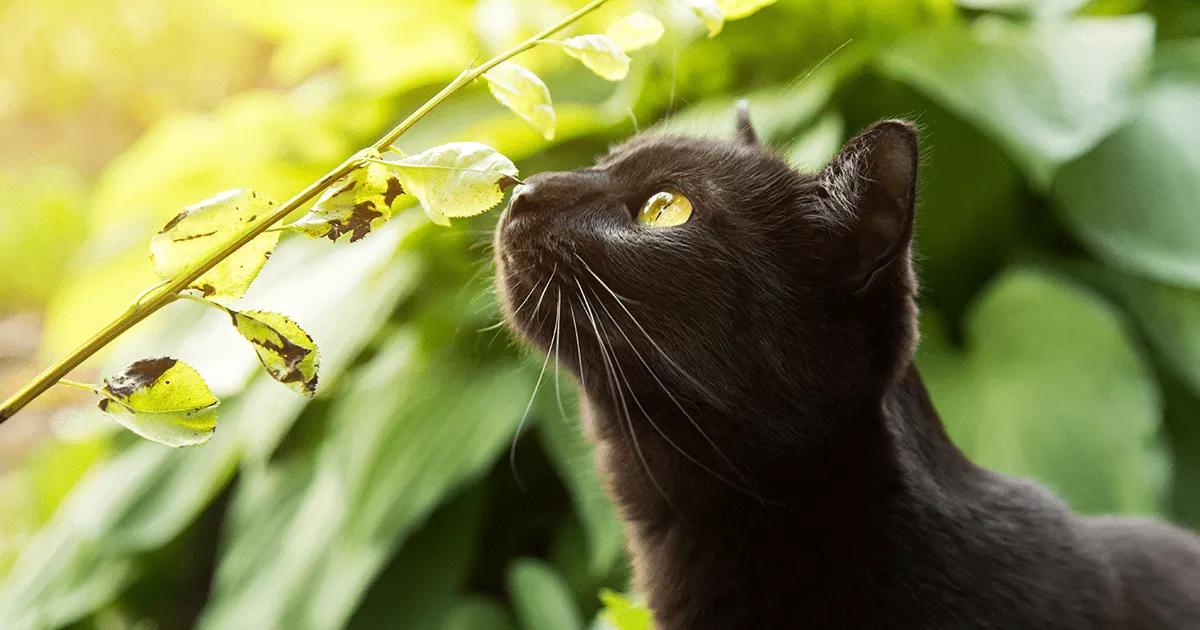
Their appearance
6. Bombay cats may often have a compact, muscular body, compared to other breeds.
7. They have an all-over shiny, jet-black coat – including their paw pads and nose – and their short hair is black right down to the root.
8. There may be slight differences between Bombay cats depending on where you live such as the colour of their eyes which can be golden/copper-coloured or with a greenish tinge.
9. They have a rounded head with rounded ears and a broad muzzle.
10. Perhaps their most striking feature is their glorious eyes, which are round, full, and expressive.
Their personality
11. Bombay cats love human company and are often referred to as the ‘velcro cat’, as they always stick close to their family.
12. They are outgoing, intelligent and friendly, and will get along well with family and friends.
13. As they are so sociable, they make good lap cats and enjoy just spending time with their pet parents.
14. This can mean that they are not keen on being left home alone, so it’s important to make sure you leave plenty of toys and puzzle/activity feeders to distract them when you are out. If you know that they will be spending time alone, you should spend some time training them to enjoy their own company from an early age!
15. They can be easy to train, meaning they are often thought to have the personality of a dog.
16. Being so fond of their family, they may not like to share you with other cats, so may find a multi-cat household challenging.
17. Although less vocal than a Siamese cat, they do like to chat, and their purr is described as being more like a bird’s chirp than a normal purr.
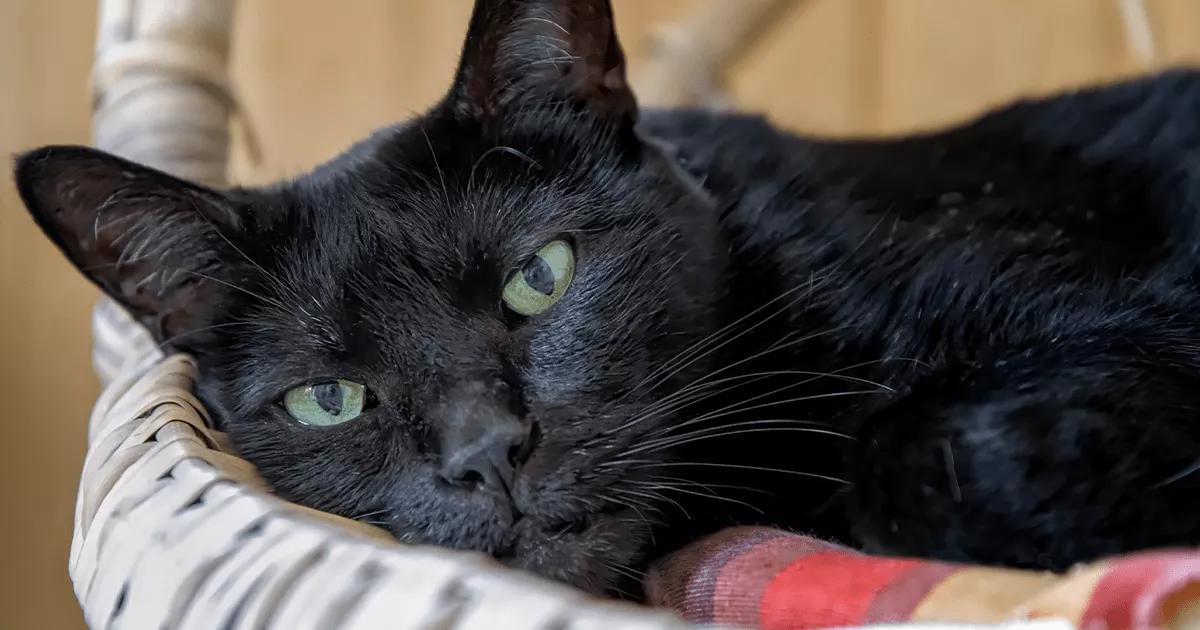
How to look after your Bombay cat
18. Because of their outgoing nature, natural curiosity and their striking good looks, it may be safer to encourage your Bombay cat to be an indoor cat rather than let them roam free. Providing outdoor access via a ‘catio’, or a garden with cat fencing, could be a good alternative.
19. Keep them mentally stimulated by providing plenty of playtime, activity feeders and regular training sessions.
20. Keep them physically fit by providing plenty of climbing opportunities – lots of high perches to negotiate, and scratching posts to stretch and climb through.
21. If they are not curled up on your lap, they will enjoy lots of warm spots around the home, such as a sunny window sill, a bed beside a warm radiator, or even a cardboard box with some warm blankets inside.
Bonus facts about Bombay cats
22. Bombay cats will find the warm spots in your home and you may even find them sleeping under covers.
23. Occasionally a sable-coloured kitten can appear in the litter (due to the origin of the US line from a sable Burmese) and they can sometimes be registered as a Burmese cat.
24. Bombay cats take their time to develop and generally reach full maturity between twelve to eighteen months of age.
25. Bombay cats can be difficult to find – you may find they are bred by someone who is also a Burmese breeder – but when you find one, you’ve found a friend for life!


















